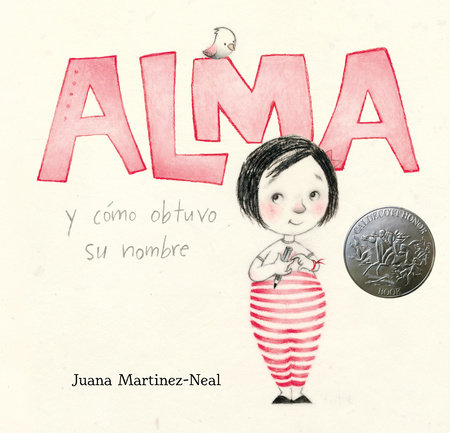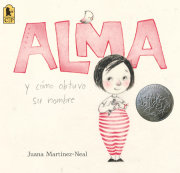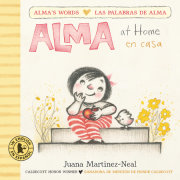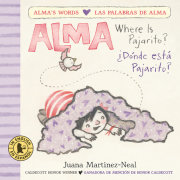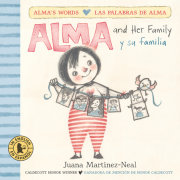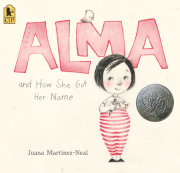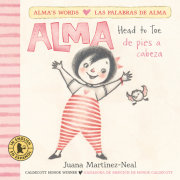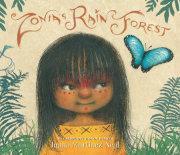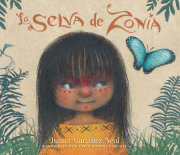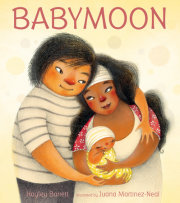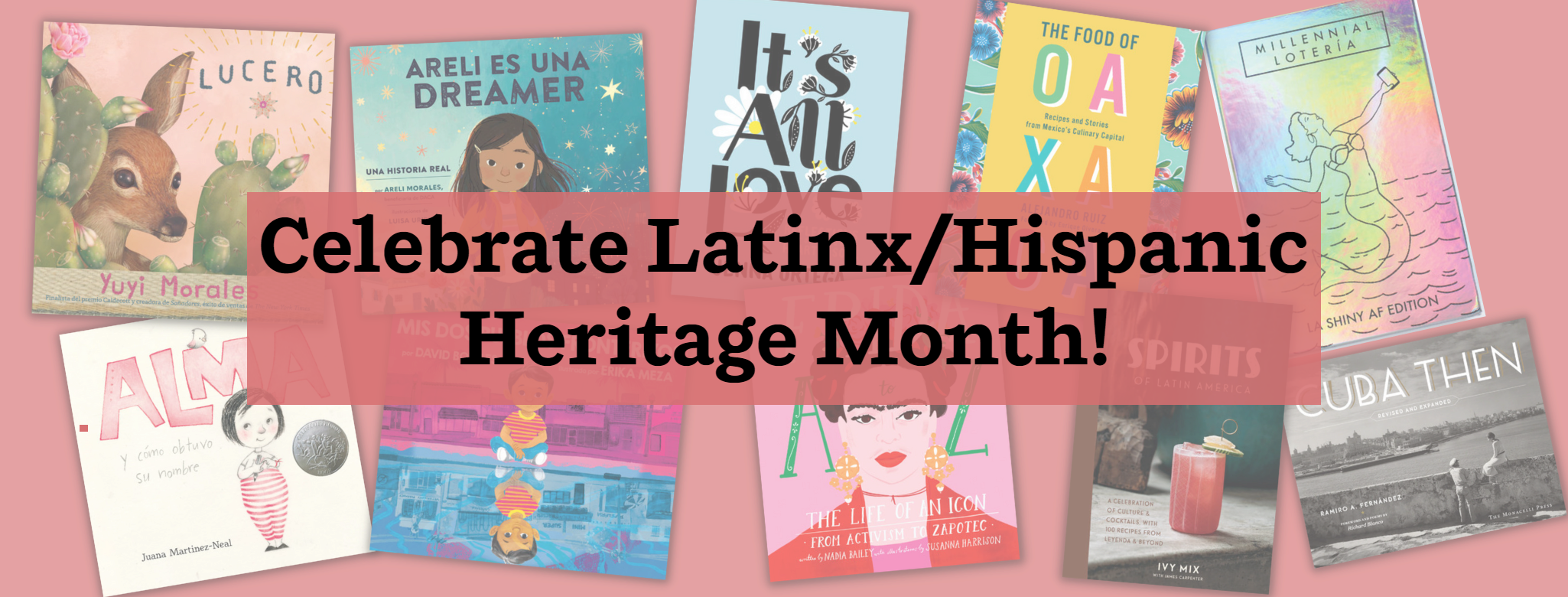Celebrate Latinx/Hispanic Heritage Month!
National Latinx/Hispanic Heritage Month is a period from September 15 to October 15 in the United States during which time we honor the contributions and influence of Latinx/Hispanic Americans to the United States and celebrate their heritage. The commemoration begins each year on September 15, the anniversary of independence of five Latin American countries: Costa




